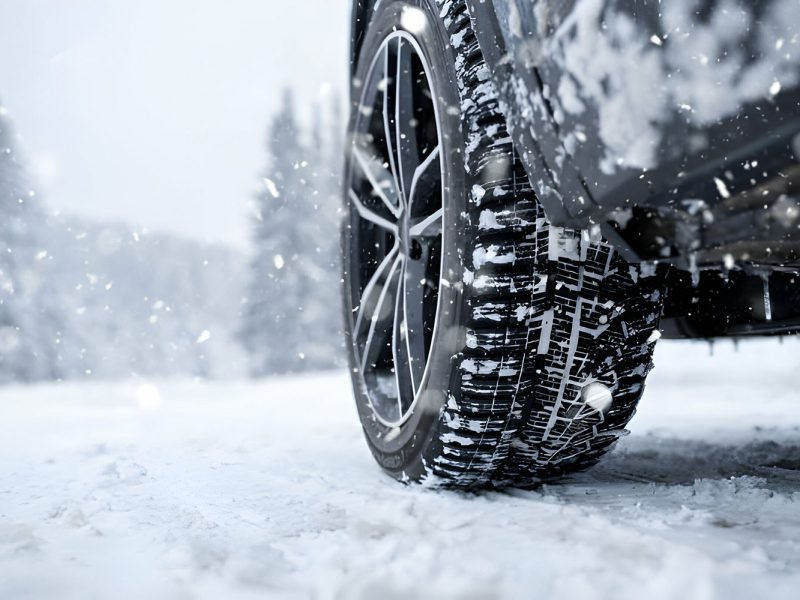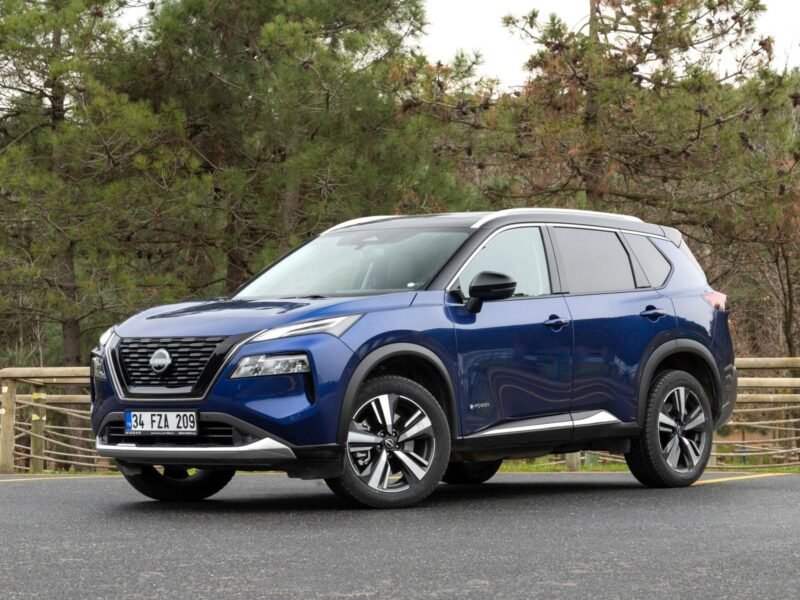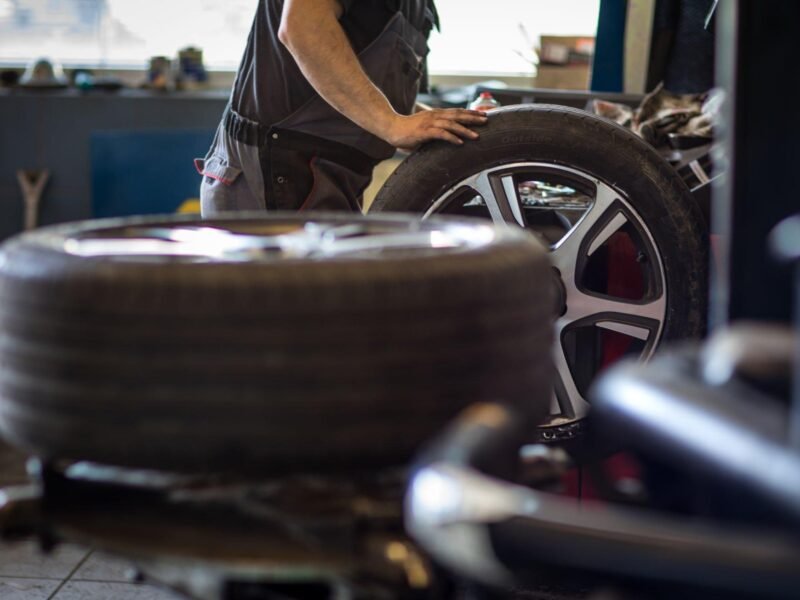Have you ever felt a strange, unsettling vibration through your steering wheel or pedal when braking? If you’ve asked yourself, “Why does my car shake when I brake?” you’re not alone.
This is a common issue that can affect the performance, comfort, and safety of your vehicle. In this article, we’ll dive deep into the reasons behind braking-related vibrations and explore effective solutions to restore a smooth, stable driving experience. By the end, you’ll know exactly what’s causing the shake and how to address it.
Understanding Why Your Car Shakes When You Brake
When you press the brake pedal, a complex system involving rotors, pads, calipers, and other components works together to slow down your car.
If any part of this braking system isn’t functioning correctly, you may experience vibrations. These vibrations, or “brake shudder,” can vary in intensity and are generally more noticeable at higher speeds or during sudden stops.
Brake shudder isn’t just an annoying sensation; it’s a signal that something in the braking system or the wheel components needs attention. Ignoring it could lead to more serious issues, including compromised stopping power and expensive repairs.
Common Causes of Shaking When Braking
If you’ve asked yourself, “Why does my car shake when I brake?” it’s helpful to understand some of the most common causes behind this problem.
1. Warped Brake Rotors
Warped brake rotors are one of the most common reasons for brake shudder. Rotors are metal discs that work with your brake pads to create friction, slowing down your car. Over time, these rotors can become uneven due to heat generated from frequent braking. When rotors are warped, they don’t make smooth contact with the brake pads, causing the vehicle to shake when you apply the brakes.
How to Fix It
Warped rotors often require resurfacing or replacement. Resurfacing smooths out the uneven surface, restoring even contact between the rotor and brake pads. However, if the rotors are too thin or severely warped, replacement may be necessary. Regular maintenance can help avoid this problem, as a professional can catch early signs of rotor wear.
2. Worn Brake Pads
Brake pads wear down over time, and when they get too thin, they can cause vibrations during braking. Worn pads can produce a grinding noise and reduce the overall effectiveness of your braking system. Cheap or low-quality brake pads can also wear unevenly, leading to vibrations.
How to Fix It
Replacing worn brake pads is a straightforward solution. High-quality brake pads tend to last longer and wear more evenly, which can help prevent future vibrations. Choose reputable brands to ensure durability and effectiveness.
3. Misaligned or Worn Suspension Components
If your car shakes when braking, the issue might not be limited to the braking system. Worn or misaligned suspension components, such as control arms, bushings, and ball joints, can cause instability in the front end of your vehicle, leading to a shaking sensation. This is especially true for vehicles that have experienced significant mileage or rough driving conditions.
How to Fix It
Consult a professional mechanic to inspect your suspension system. They may recommend realignment or replacing worn components, depending on the severity of the wear. Regular suspension checks can help detect and resolve these issues before they worsen.
4. Loose or Damaged Wheel Bearings
Wheel bearings support the smooth rotation of your wheels and are crucial for stability while driving and braking. Damaged or loose wheel bearings can cause excessive play in the wheel hub, leading to vibrations during braking.
How to Fix It
Wheel bearings should be checked and replaced as needed. Worn bearings usually produce a grinding noise while driving, which can indicate that replacement is necessary. Regular inspections can catch this issue early, ensuring a stable, smooth braking experience.
5. Dirty or Contaminated Brake Components
Brake components can accumulate dirt, oil, and other contaminants over time, especially if you frequently drive in dusty or wet conditions. This buildup can affect braking performance, causing the car to shake during stops.
How to Fix It
Professional cleaning of brake components can eliminate dirt and contamination. Regular maintenance, including washing the underside of your car and brakes, can help prevent this issue. If the problem persists, replacing contaminated brake pads or rotors may be necessary.
6. Worn Tires or Unbalanced Wheels
Tires with uneven wear or unbalanced wheels can create a shaky, uncomfortable ride, especially when braking. Unbalanced wheels can lead to uneven distribution of weight across the tire, causing vibration throughout the car when the brakes are applied.
How to Fix It
Tire balancing and alignment can fix this issue and improve your vehicle’s handling. Rotating your tires regularly also promotes even wear, which can help prevent vibrations. In some cases, replacing worn tires is necessary for a smoother ride.
7. Caliper Issues
Brake calipers apply pressure to the brake pads, which press against the rotors to create friction. Calipers can occasionally stick, meaning they don’t release fully after braking. This can cause uneven wear on the brake pads, leading to a shaky sensation when braking.
How to Fix It
If your car shakes due to a sticking caliper, it’s best to have the calipers inspected and serviced by a professional. Sticking calipers often need to be replaced to prevent further issues with braking stability.
8. ABS (Anti-lock Braking System) Malfunction
In modern vehicles, the ABS is designed to prevent wheel lock-up during hard braking, allowing you to maintain control. However, a malfunction in the ABS can lead to irregular braking performance, which can sometimes cause vibrations or a “pulsing” feeling when braking.
How to Fix It
An ABS issue typically requires diagnostic testing to identify and repair the specific problem. A malfunctioning ABS should be addressed promptly, as it can affect braking performance in emergencies.
Tips to Prevent Shaking When Braking
To avoid the need to ask “Why does my car shake when I brake?” again, consider the following preventative tips:
- Regular Maintenance: Regular inspections and maintenance of your braking system can help identify issues early on.
- Invest in Quality Brake Components: Using high-quality rotors and pads can reduce the likelihood of vibrations due to uneven wear.
- Drive Smoothly: Avoid heavy braking unless necessary, as this can put excessive stress on your braking system and lead to warping or wear.
- Rotate and Balance Tires: Regular tire rotation and balancing help distribute wear evenly, reducing the risk of brake-related vibrations.
- Address Suspension Issues Promptly: Suspension problems can impact braking performance, so don’t ignore any unusual handling or noises from your vehicle.
Recommended Brake Pad and Rotor Brands in the U.S.
If you’re looking for reliable brake components to replace worn parts and prevent brake shudder, here are some top brands that car enthusiasts in the U.S. trust:
- Akebono: Known for quiet, dust-free ceramic pads that provide long-lasting performance.
- Brembo: Renowned for their performance brake pads and rotors, especially for sports and high-performance vehicles.
- Bosch: Offers durable, quality brake pads and rotors that work well for everyday driving.
- Power Stop: Known for their affordable brake kits with excellent stopping power, perfect for DIY car owners.
Conclusion
If you’ve found yourself wondering, “Why does my car shake when I brake?” understanding the underlying causes and solutions can help you restore a smooth and safe driving experience. Brake shudder isn’t just uncomfortable; it’s a sign that something in your car’s braking or suspension system needs attention.
By keeping up with regular maintenance and using high-quality brake components, you can prevent vibrations, extend the life of your braking system, and enjoy peace of mind on the road.
If you’re experiencing brake vibrations or other symptoms, don’t hesitate to consult a professional mechanic to diagnose and resolve the issue promptly.










![Safety First: Unveiling the Best SUVs for Rear Facing Car Seat USA [2024]](https://www.wheelwhisperer.com/wp-content/uploads/2023/10/suv-800x600.jpg)

